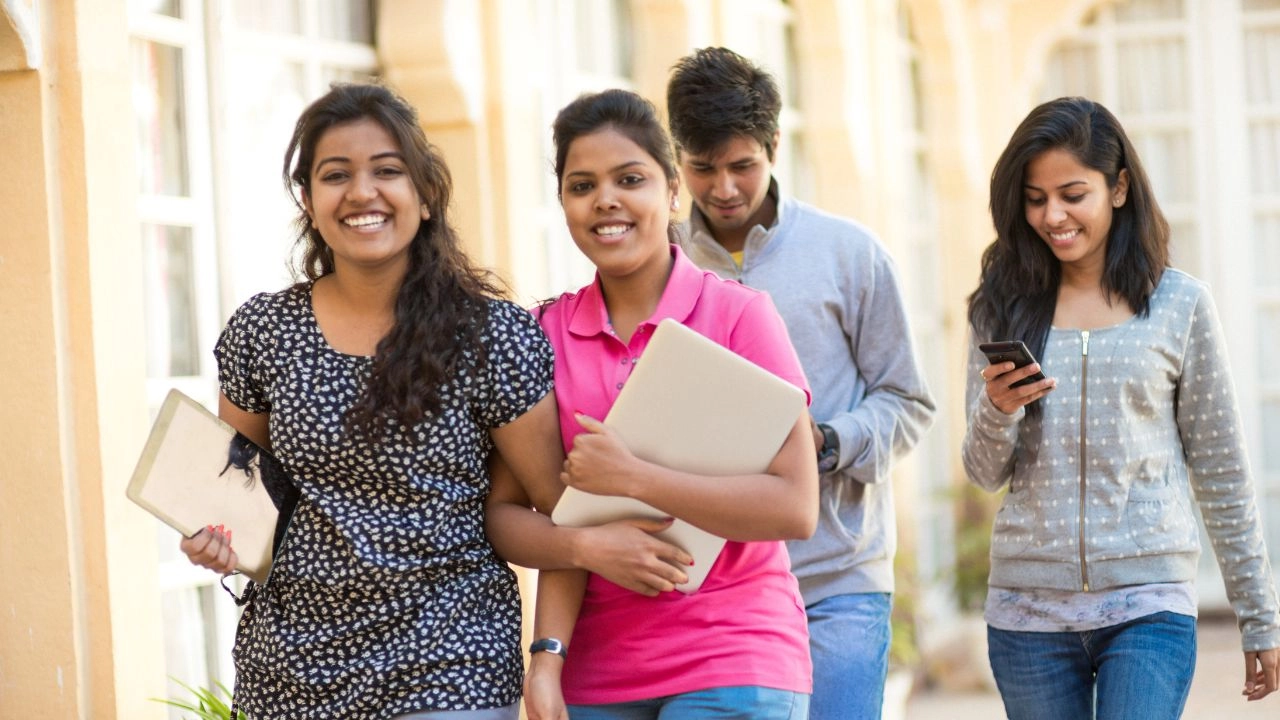- By Sakshi Gupta
- Fri, 07 Jun 2024 01:38 PM (IST)
- Source:JND
List Of Govt Schemes For Education In India: To ensure that primary education is available to everyone, the government has launched several projects and initiatives. To guarantee that every student receives an equal education, the government has developed several programs that adhere to the ideals of the National Policy of Education. By increasing the number of excellent schools, fostering equity, and raising the standard of instruction, these programs seek to increase access to high-quality education. These are a few Indian education-related programmes.
List Of Government Schemes For Education In India
Here are some Government schemes for education in India:-
Schemes | Launched Date | Motive |
Sarva Shiksha Abhiyan (SSA) | 2001 | One of the main initiatives for providing children with Universal Elementary Education (UEE) is the Sarva Shiksha Abhiyan (SSA). This nationwide program collaborates with municipal and state administrations. The age range for which SSA is most beneficial is youngsters from 6 to 14. |
National Program for Education of Girls at Elementary Education (NPEGEL) | July 2003 | The NPEGEL initiative was started by the Indian government to reach females, particularly those who are not enrolled in school. The initiative offers additional assistance to enhance girls' education. Creating gender-sensitive educational resources, gender-sensitive training for educators, and supplies including workbooks, uniforms, and stationery are some of the goals of this program. This program's primary goals are to dispel gender stereotypes and guarantee that girls receive a top-notch elementary education. |
Midday Meal Scheme | 1995 | The primary goal of this program's creation was to end children's hunger in the classroom and boost student enrollment and attendance. Enhancing the interactions between kids from different castes and religions is another goal of this program. It also tackles the problem of children's poor and inadequate nutrition. Because of the employment opportunities created by the initiative, women also experience social empowerment. As a result, this program can support kids' social and emotional growth. |
Right to Education (RTE) Act | 2009 | This was just another incredible move by the government. 2009 saw the passage of the Right to Education Act, which established education as a basic right for all children between the ages of 6 and 14. It also established the fundamental standards that all primary schools nationwide are required to adhere to. Children now have the legal entitlement to a free primary education. This implies that no child must pay any fees or levies in order to finish their basic schooling. |
Beti Bachao, Beti Padhao | 2015 | This government program's primary goal was to shield young girls from female infanticide and foeticide in the beginning, and then to help with their education as time went on. Other goals of the plan are to abolish discrimination against girls and the practice of gender-determination testing. The Beti Bachao, Beti Padhao program guarantees girls' survival and security while also ensuring that they take part in educational activities with boys. Thus, this program raises awareness that girls are not a burden. |
Kasturba Gandhi Balika Vidyalaya | 2004 | The goal of the KGBV program is to establish upper primary residential schools for girls from minority populations. This program is mostly used in regions of the nation where females are not engaged in education. 25% of the girls in this scheme are reserved for girls from low-income households, and the remaining 75% are given to girls from ST, SC, OBC, and other minority communities. The fundamental concept of this program is to provide girls from underprivileged social groups with access to high-quality education through the establishment of residential schools. |
Scheme for Infrastructure Development in Minority Institutes (IDMI) | 2009-10 | The program has been begun to upgrade the infrastructure in minority schools that are either aided or unassisted in order to raise the standard of education. One of this scheme's most notable aspects is the expansion of facilities that will support minority children's education. This program covers the entire nation, although areas with a minority population of 20% or more are given precedence. The program also supports schools that serve girls, children with special needs, and other marginalized groups in society. |
Rashtriya Madhyamik Shiksha Abhiyan (RMSA) | 2009 | The goal of this government initiative was to raise secondary education standards. Its objectives are to raise secondary school enrollment, improve facilities, train educators, and support vocational education. Children are encouraged to continue their education beyond elementary school by RMSA, which fortifies the secondary education system and ensures their general educational development. |
Bal Bandhu Scheme | October 2010 | The goal of this program is to encourage and support students from disadvantaged social groups in their schooling. Its objectives are to stop child labor and promote school attendance by providing financial aid, scholarships, uniforms, textbooks, and other essential supplies. The program gives kids a safe haven to grow up in, encouraging them to continue their education and attend school consistently. |
National Scheme of Incentive to Girls for Secondary Education (NSIGSE) | 2008 | The Program was designed to encourage girls' education in remote communities. A financial incentive of INR 3000 is given to eligible girls who enroll in class 9 and complete their secondary education under this plan. By offering a financial incentive, the program promotes females to pursue higher education beyond elementary school, hence increasing their attendance and completion of secondary education. |
Integrated Education for Disabled Children (IEDC) | 1974 | Children with mild to severe disabilities are encouraged to attend regular schools under this system. Additionally, the program was designed to support the ongoing enrollment of students with disabilities in the mainstream school system. |

